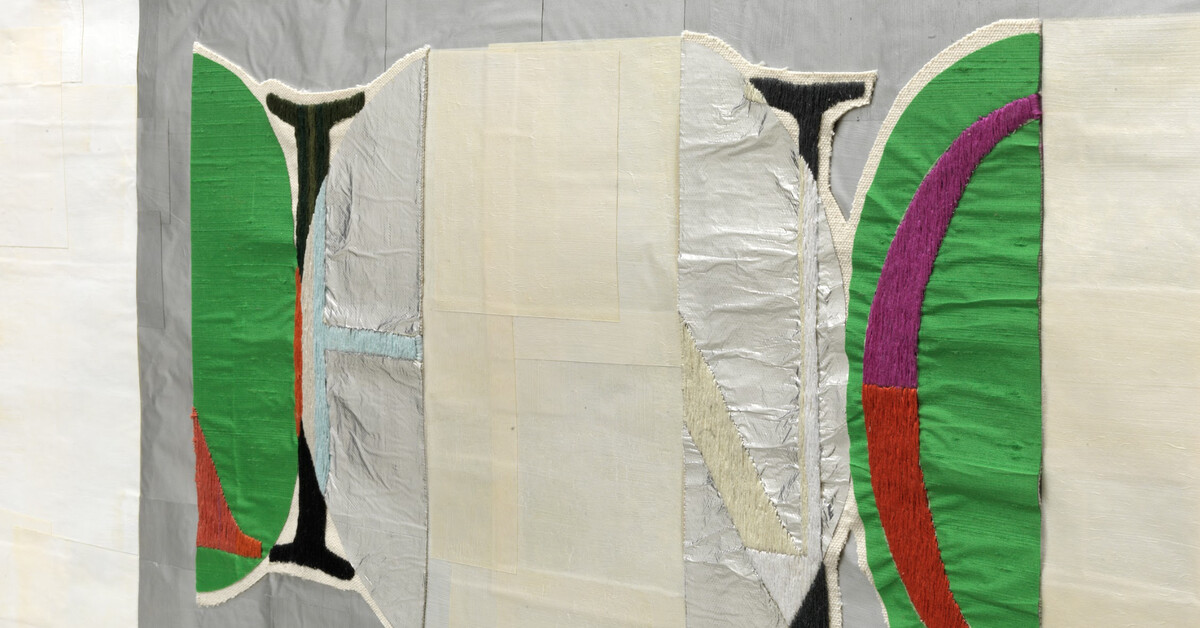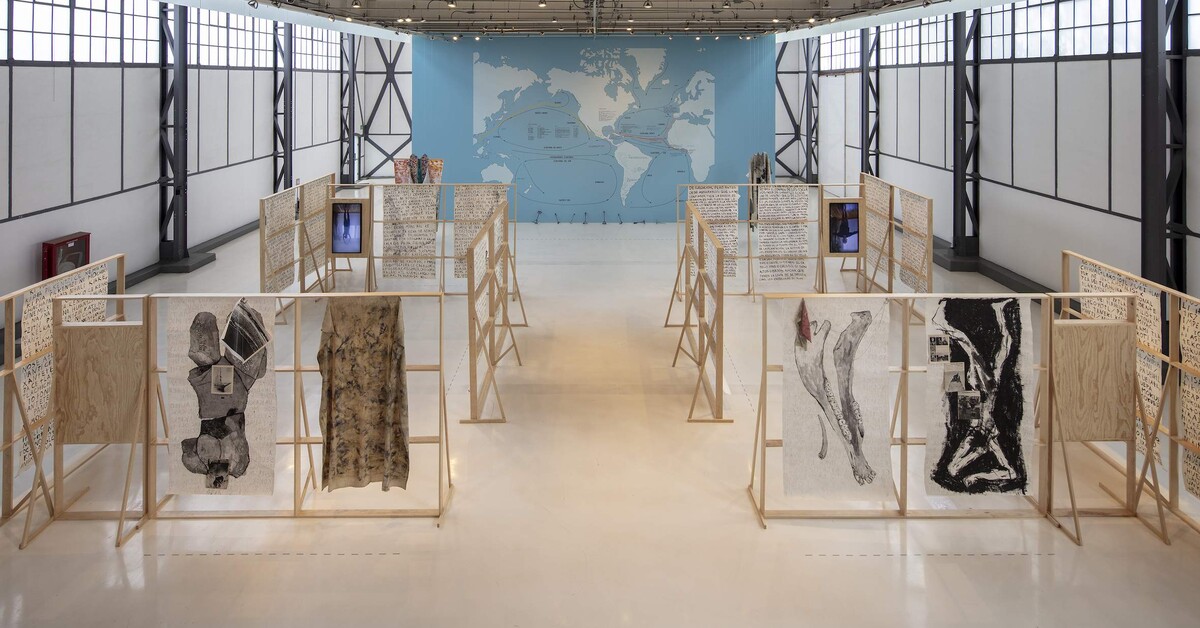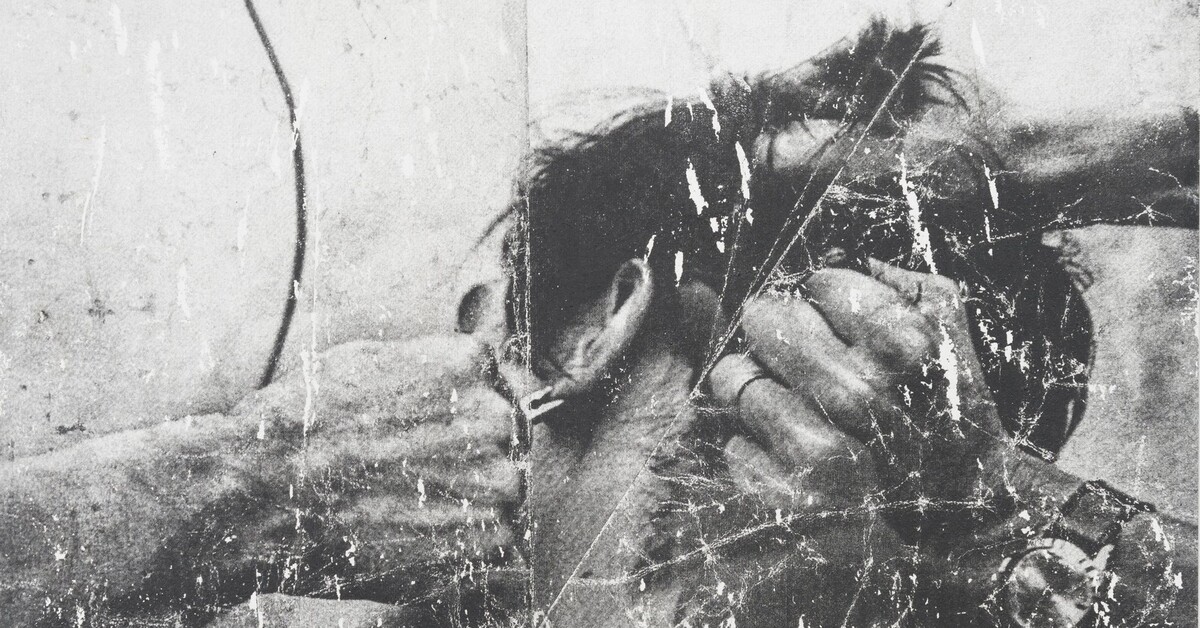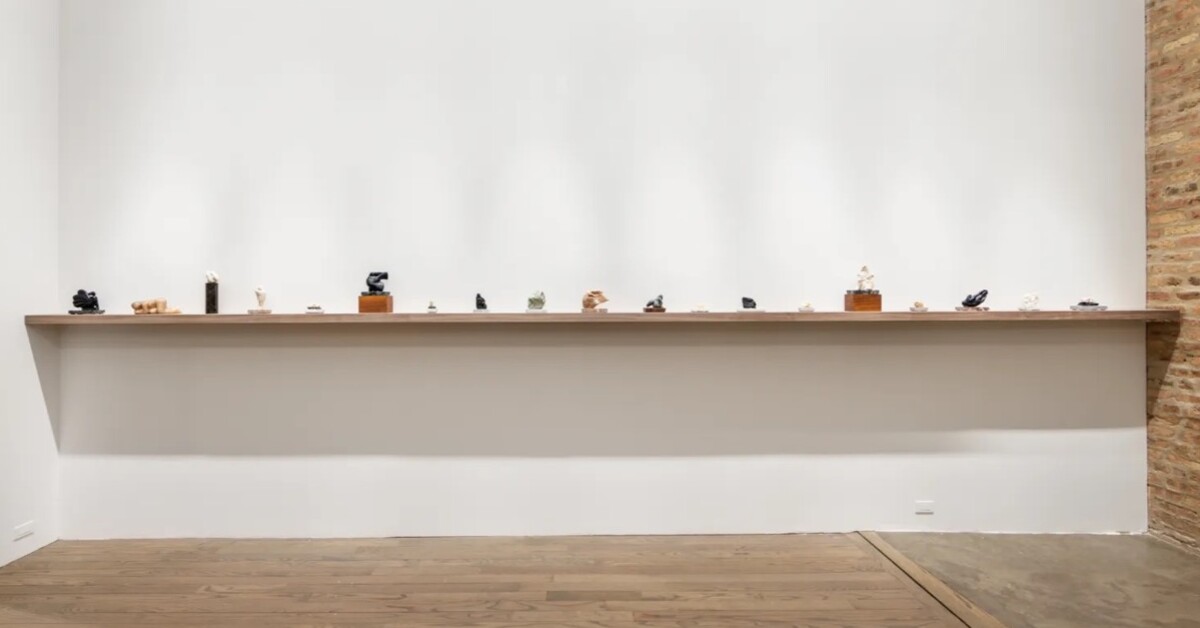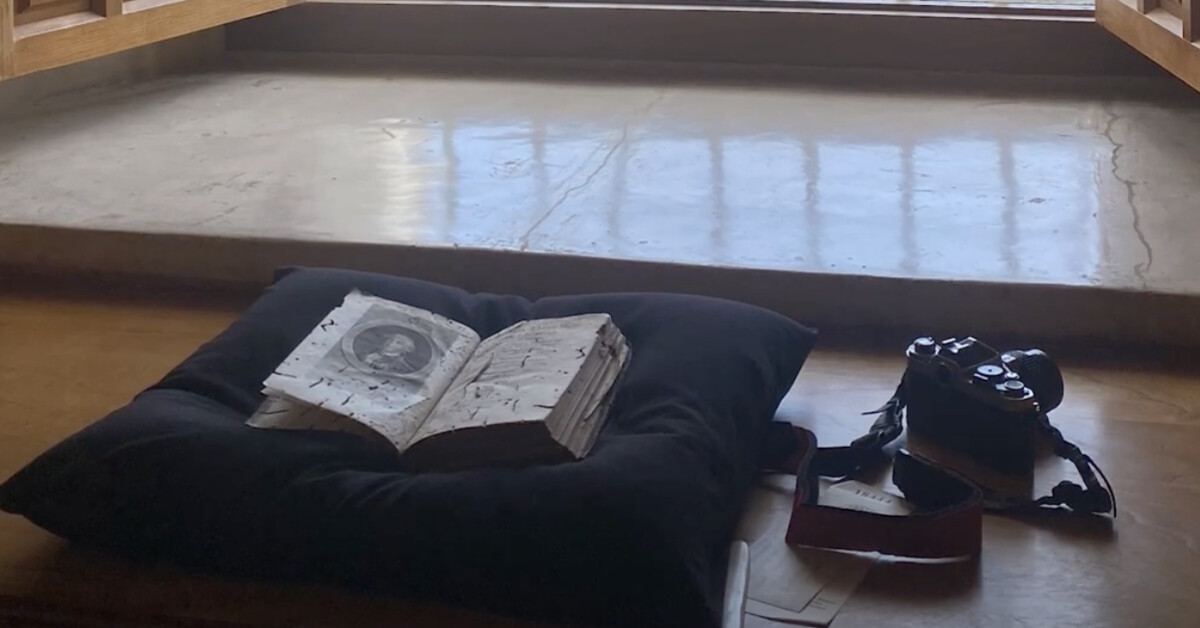Francesca Wilmott on “Drum Listens to Heart”
Artforum / Jun 1, 2023 / by Francesca Wilmott / Go to Original
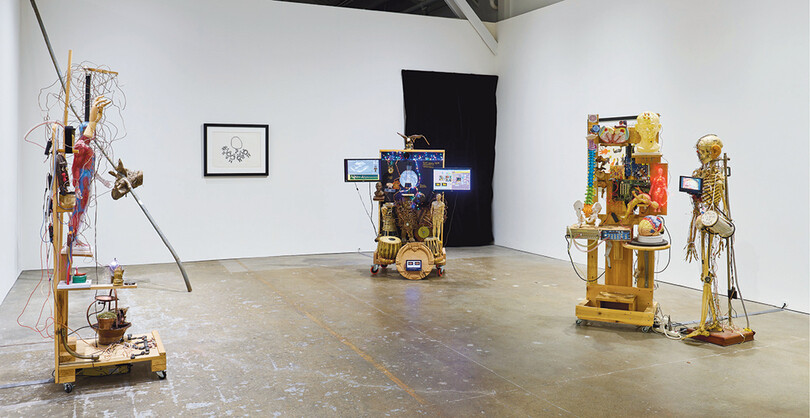
View of “Drum Listens to Heart,” 2022–23. From left: Milford Graves, Pathways of Infinite Possibilities: Yara, 2017; Harold Mendez, but I sound better since you cut my throat, 2016; Luke Anguhadluq, Drum Dance, 1970; Milford Graves, Bikongo-Ilfá: Spirit of the Being, 2020; Milford Graves, Pathways of Infinite Possibilities: Skeleton, 2017.
“Let’s begin with the drum, but move away from it, bit by bit, until all that is left is the feeling of its presence in the room.” This wall text, written by Anthony Huberman, the CCA Wattis Institute’s former director and chief curator, opened “Drum Listens to Heart,” an ambitious presentation that unfolded across six months and in three chapters at the space. Featuring the work of twenty-five artists, a pop-up record shop, and a series of lectures and performances organized by assistant curator Diego Villalobos, the show was the institution’s first major group exhibition since before the pandemic. Three years ago, people worldwide came together to bang pots and pans out their windows in a display of solidarity with health care workers. Their makeshift drums announced: “We are still alive.” Accompanying healing rituals and battle cries alike, drumbeats mark major life events for cultures all over the globe. In Huberman’s hands, the percussive instrument also serves to unfasten visual art from restrictive dichotomies.
Huberman borrowed the exhibition’s title from the late free-jazz drummer, artist, and all-around polymath Milford Graves (1941–2021), who devised a homemade EKG machine with which to compose scores inspired by the irregularity of the human heartbeat. (“Throw away your metronome and listen to your heart,” he implored other musicians.) In his mixed-media sculpture Pathways of Infinite Possibilities: Skeleton, 2017, located in the first gallery, a human skeleton shouldered a drum inscribed with the titular phrase. Over its chest, a monitor played a video of a beating heart.
Leaving the light-filled room, one entered a womb-like installation, batu knŋ XII-rh/ babhi-brat XII-r [babhi-manyp/ babhi-bawt, (mbaŋ)], 2022, by the Cameroonian-born Em’kal Eyongakpa. As one walked over wood chips on the floor, one noticed that swaths of mycelium were crawling up several wall panels—the fungus produced a pungent, earthy smell. A speaker amplified the live drip drip drip of water piped through the space in clear tubes, contributing to the work’s dank, cavernous atmosphere. Eyongakpa’s polyrhythmic environment was inspired by caves where displaced Cameroonian villagers sought refuge during times of political turmoil. Visitors were encouraged to sit on any of eight vibrating ammunition boxes, their rhythms at once corporeal and foreboding.
In the third gallery, seven bronze-bell sculptures by Davina Semo were hung from the ceiling with long black chains. When activated, one of the bells would produce a bellowing gong—a sound that seemed at odds with the work’s glistening pink surface. Its aerodynamic shape brought to mind a missile or bullet: one of the many symbols of militaristic violence that permeated the show.
To fully experience “Drum Listens to Heart,” one had to return to it again and again. When I came back to the Wattis, the installation had changed, yet the aforementioned works left a ghostly presence. Take Theaster Gates’s 2014 video Gone are the Days of Shelter and Martyr, which was presented in the same darkened space that Eyongakpa’s sound environment once inhabited. Gates’s video focused on four men in the ruins of a church on Chicago’s South Side. Their elegiac voices and a cello accompanied the thunderous sound of a wooden door that the men repeatedly propped up and that inevitably toppled over. Like the reverberating ammunition boxes that threatened the sanctity of Eyongakpa’s somber refuge, the world encroached upon the once-sacrosanct chapel in Gates’s video.
“Freedom, for anyone,” Huberman writes in the accompanying catalogue for the show, invoking poet and theorist Fred Moten, “necessarily happens in the cut, in the break, in a state of flight.” In “Drum Listens to Heart” that rupture occurs both between the show’s various installments and within the gaps of meaning produced by the assembled works. Leaving the exhibition, one gained a heightened awareness of the percussive cues that direct life’s daily rhythms: email alerts, text messages, phone alarms. When I returned to see the final iteration of the show, one of Rie Nakajima’s motorized objects—a chain hitting a tin can—made me think of a bell and its relationship to Semo’s work. Bells represent freedom, announce death and, once upon a time, warned against potential attack during times of war. In Huberman’s swan song at the Wattis—he is now executive director of the John Giorno Foundation in New York—all of these meanings rang true.

